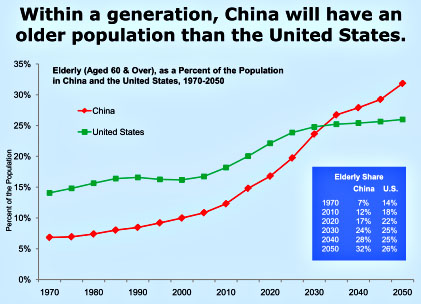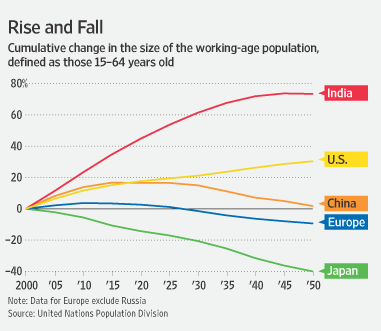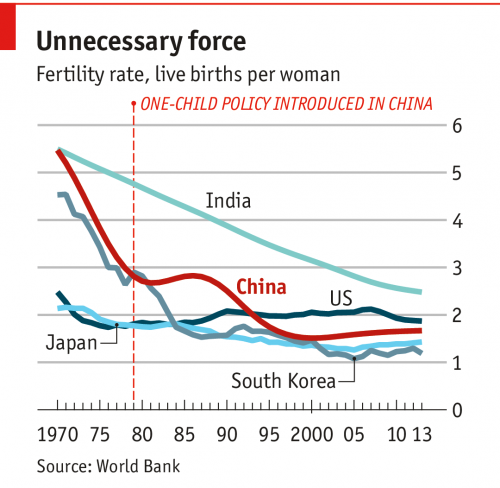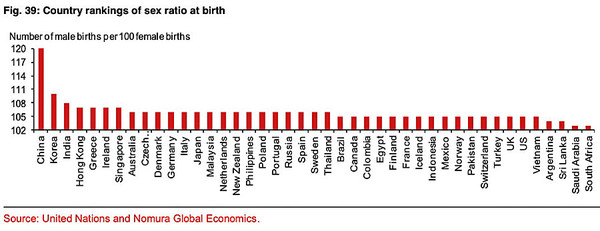 Last week I started discussing the upcoming COP21 conference in Paris. I talked about the Earth Summit, which sanctioned the IPCCC, and included the near term commitments from the 10 most carbon emitting countries as to reduction of their emissions within the next 10 years or so. I promised that most of my blogs until the end of the year would be dedicated to the analysis of these commitments, along with the discussions and agreements that take place at and result from the Paris meeting. I intend to keep my promise, budgeting in the usual exception of breaking news that I feel I need to address.
Last week I started discussing the upcoming COP21 conference in Paris. I talked about the Earth Summit, which sanctioned the IPCCC, and included the near term commitments from the 10 most carbon emitting countries as to reduction of their emissions within the next 10 years or so. I promised that most of my blogs until the end of the year would be dedicated to the analysis of these commitments, along with the discussions and agreements that take place at and result from the Paris meeting. I intend to keep my promise, budgeting in the usual exception of breaking news that I feel I need to address.
Naturally, just as I was starting, something important did happen: a few days ago China decided to change its one child policy to a two child policy. Most of the rest of the world sort of yawned and said, “About time!” But many, including myself, see this as a sign that China still doesn’t understand the failings of its system. We think that in order to ensure a better future, it should follow the rest of the world and completely reject all birth restriction policies. To compound the confusion, the new ruling doesn’t take effect immediately, so the country will have to wait until March 2016 for “implementation.” It is not clear to me at what stage the implementation takes place: the actual birth or the attempts to have an additional baby – usually there is some time difference between the two.
I am not going to try to enumerate all the problems that China has encountered since its introduction of the one child policy. I will let the following graphs speak for themselves:
 Figure 1– History and Projection of Relative fraction of elderly population in China and the US
Figure 1– History and Projection of Relative fraction of elderly population in China and the US
 Figure 2 – Cumulative size of working age populations
Figure 2 – Cumulative size of working age populations
 Figure 3 – Comparison of fertility rates
Figure 3 – Comparison of fertility rates
Figure 4 – Comparative ranking of sex ratio at birth
I am not sure that all of the demographic issues China is now facing can be traced to the one child policy. As is obvious from Figure 3, the decline in fertility rate didn’t start with the introduction of the one child policy. It is now well below the replacement rate of 2.1 (it has stood at 1.7 over the last few years). Similarly, this decline will not stop with the replacement of the one child policy with a two child policy. It seems to me that the policy is designed to try to provide demographic remedies while still maintaining strict government control over family size and family life. The unique position that China holds in terms of gender ratio as seen in Figure 4 can be traced directly to the wide-spread gender-specific termination of pregnancies. The figures clearly indicate that what China needs is not policies to limit population growth, but rather those that would bring it back to a demographic equilibrium where the fertility rate approaches the replacement rate of 2.1. As we saw in earlier blogs (in particular the January 14, 2014 guest blog by Jim Foreit), money and women’s education are excellent birth control tools to lower fertility rates. On the other hand, we saw that raising fertility rates from below the replacement value back to the replacement value is much more difficult.
China’s change of policy to two children per household might provide some demographic relief and might even reduce gender-driven termination of pregnancies, but it does not address these issues in a way that will provide lasting solutions. I dare to suggest an alternative policy to the Chinese government that will preserve the role of the Chinese bureaucracy in family but might improve the demographic result: employ Cap and Trade policy with babies.
As part of China’s commitment to the IPCCC to limit its carbon emissions, China has recently started to implement Cap and Trade in carbon emission. The technique is simple: the government sets a cap on the total amount of carbon contained in consumed fuels in the country and enforces it by issuing a limited number of allowances. The government can sell the allowances or distribute them for free to gasoline manufacturers and importers. After the distribution, people are able to trade them— the net effect is a rise in prices of carbon-based fuels and a reduction in consumption of these fuels.
Now let’s look at how this process would work when we apply it to babies. Every woman in a certain age bracket gets a certificate from the government that allows her to have two babies. If she wants more she can purchase an allowance from a woman that will want less. My strong suspicion is that there will be a surplus of allowances and that they will not cost much. The main difference between the policy of limiting pollution and the policy of controlling family size is that the state interest in controlling pollution is obvious – to limit it in the most economically viable way. There is no demographic need now in China to limit family size. There is, however, a strong demographic need to both bring the fertility rate back to replacement levels and bring the gender gap back to an equilibrium. The only way that I can think of to bring about these balances is to implement the cap and trade system from above while adding a state bank with the power to grant and subsidize more allowances. The Chinese government is probably the best government in the world to experiment with such a policy, given its proven ability to retain tight control over most aspects of Chinese life.

